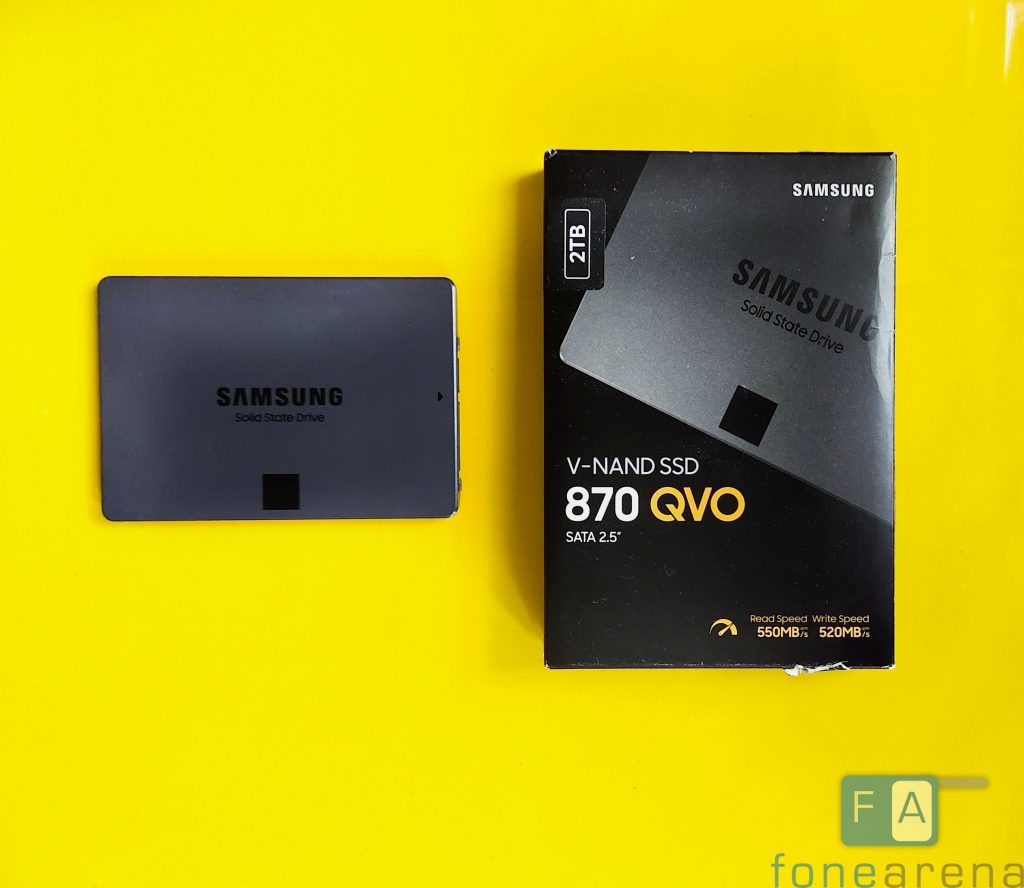
Hard disk drives on computers and portable devices like laptops have been there for a very long time now, and is still being used by many users worldwide. On the other hand, the adoption of faster solid-state drives are increasing quickly as well, thanks to it the cost of the drives coming down compared to before, and of course, the lower failure rate compared to HDDs. While the biggest advantage of SSDs is the speed and performance, it wasn’t quite matching up to the levels of HDDs in terms of capacity. That started changing as well with QLC (Quad-level cell that stores four bits per cell) SSDs which enabled manufacturers to bring higher storage capacity drives. Compared to three bits per cell on the TLC (Triple-Level cell) SSDs.
Micron 5210 ION was the world’s first QLC SSD that was launched back in 2018 and Samsung also launched its first QLC SATA SSD the same year – Samsung 860 QVO in 1TB, 2TB, and 4TB storage sizes. Fast-forward to 2020, and Samsung recently launched its 2nd Gen QLC SSD – Samsung 870 QVO V-NAND SSD in 1TB, 2TB, 4TB, and a whopping 8TB storage capacity. We have been using the 2TB 870 QVO SSD for quite some time now, and in this review, let us see how it has improved over the last-gen and what new it brings to the table. Continue reading “Samsung 870 QVO 2TB SATA SSD Review — Samsung’s best QLC SSD yet”
